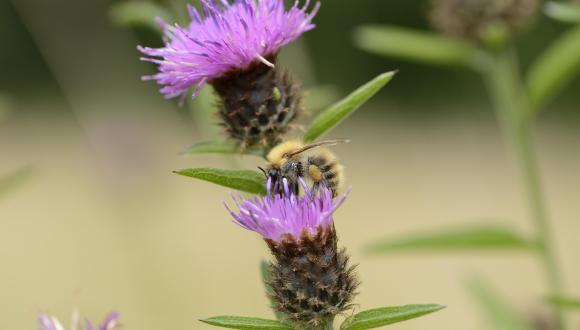Battleby Meadow and Pollinator Trail leaflet
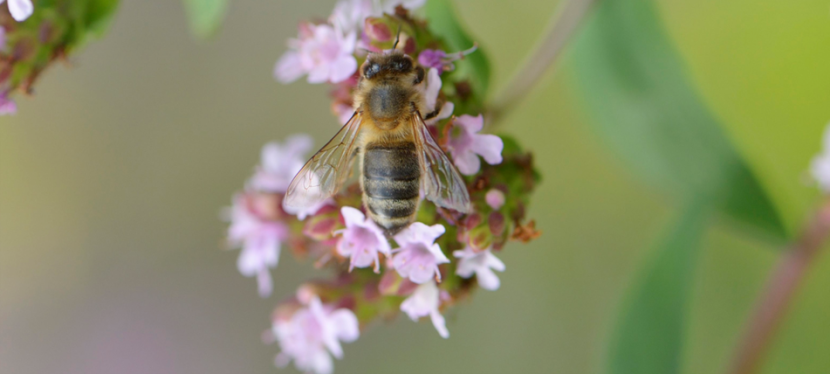
In Spring and Summer the Battleby meadow is a haven for pollinating insects especially bumblebees, honey bees, hoverflies, moths, and butterflies.
Wildflower meadows provide food for pollinators and the range of plants in our meadow was selected specifically with pollinators in mind. In summer you can expect to see bird’s-foot trefoil, oxeye daisy, common knapweed, red clover, cow parsley, greater yellow-rattle … and much more besides.
If you enjoy our meadow, try our Pollinator Trail where we explore species, nesting, shelter and habitats.
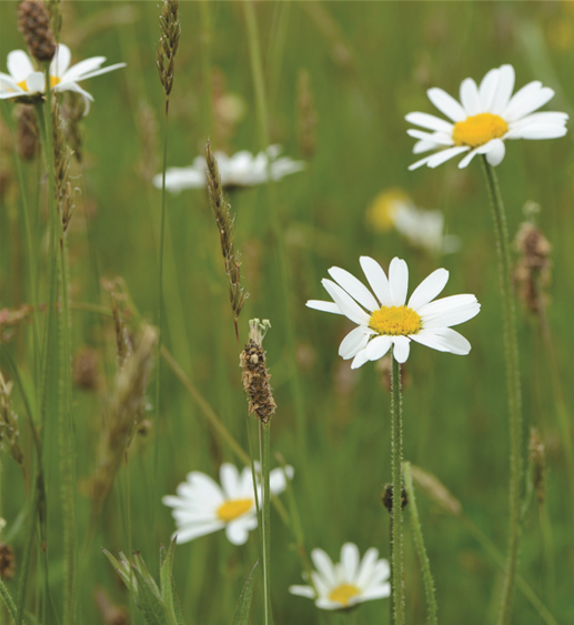
Helping our pollinators
Scotland’s pollinators are a vital part of our biodiversity. Species such as bees and hoverflies are a familiar sight in our gardens, parks and countryside. They play a crucial role in our food and farming industries, as well as contributing to our enjoyment of the outdoors and our health and wellbeing
But our wild pollinators are under threat. Faced with pressures that include habitat fragmentation, changes in land use, disease, pesticides and climate change they need our help.
The Pollinator Strategy for Scotland is the work of many partners. Delivering a wide range of activities it draws together the expertise and enthusiasm of a wide range of organisations, government agencies and businesses.
Our main objectives are to:
- Make Scotland more pollinator-friendly;
- Improve our understanding of these vital insects and the services they provide;
- Raise awareness of and encourage action to help bees and other pollinating insects; and
- Monitor and evaluate whether they are thriving.
We have lots of information on how to help pollinators on our website at Helping Scotland's Pollinators.
Follow us on twitter @ScotPollinators
And read our regular blogs @ scottishpollinators.wordpress.com/
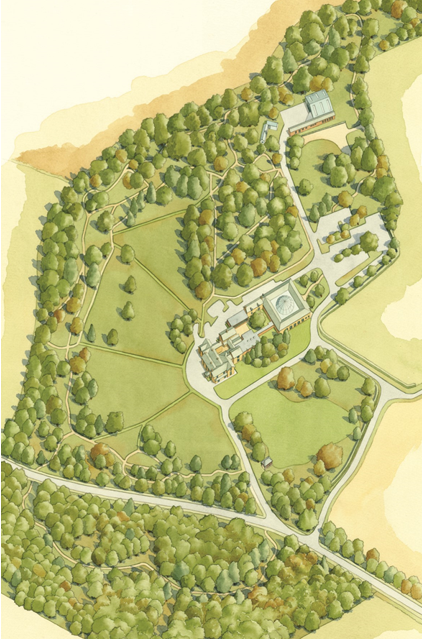
Our wildflower meadow is the focal point of our work to help pollinators at Battleby. However, once you have admired the meadow, why not enjoy our Pollinator Trail? This leaflet points out some of the highlights – the numbers refer to what you could look out for at various points.
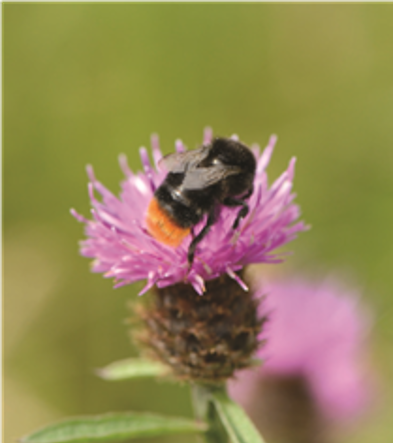
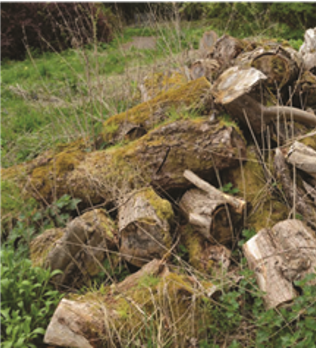
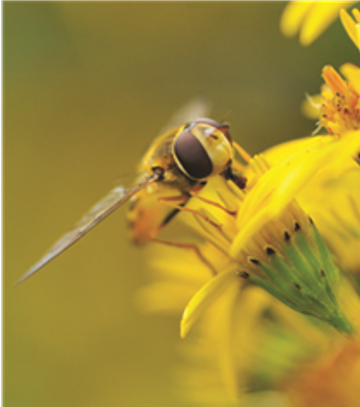
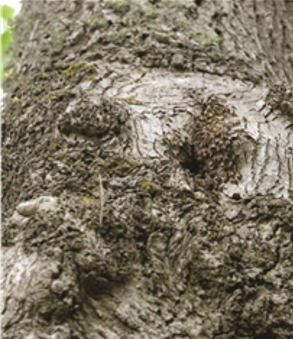
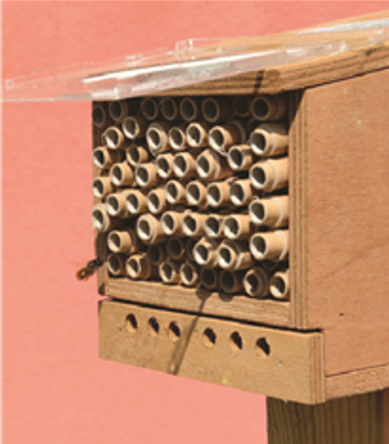
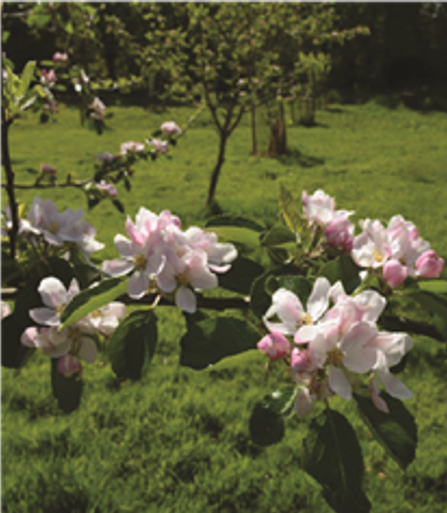
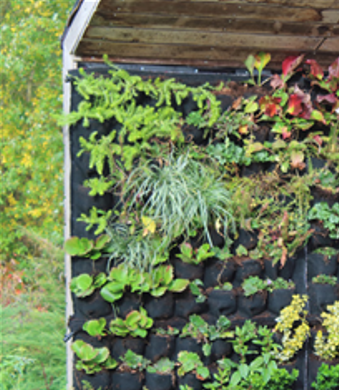
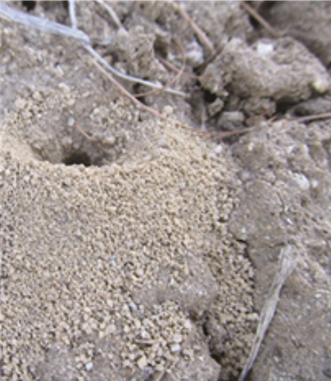
Document downloads
Disclaimer: Scottish Natural Heritage (SNH) has changed its name to NatureScot as of the 24th August 2020.
At the time of publishing, this document may still refer to Scottish Natural Heritage (SNH) and include the original branding. It may also contain broken links to the old domain.
If you have any issues accessing this document please contact us via our feedback form.
